Art and Mental Health Link Love
A digest of this week's things I loved on Substack that I wanted to say a little bit more about ...
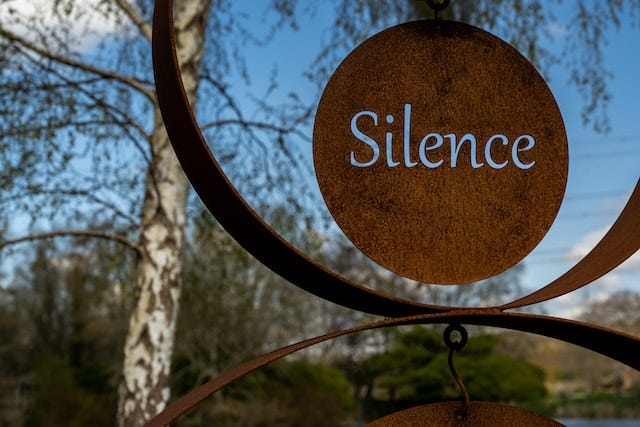
My niche is the relationship between art and mental health, with a focus on trying to understand how various mental health symptoms impact artistic process, productivity, medium, content, self-perception and reception by others. (And I believe that all of us are artists and all face mental health challenges to varying degrees.)
On Fridays, I share excerpts, links, and ideas related to this topic that are created by other Substack writers doing amazing work here. Learn more about why I do this in the way that I do it right here.
Grounding Us As We Begin
I loved these words this week from
of who shares a weekly roundup that aims to be highly inclusive by offering a self-selecting roundup of writing.“Written word, when shared with the world, has the capacity to ignite conversations, kindle imaginations, and transform lives. The challenge, however, is to get the words out to the right people who would appreciate them before the words themselves can do their magic.
One way that I have seen people do here on Substack is to curate some sort of periodic roundup for their readers to showcase writers whom they have read and would recommend. The power of such a roundup lies in its ability to distil the vast sea of human creativity into bite-sized gems, each word and phrase carefully chosen to elicit the gist of the literary curation. Attracting the attention of the audience to find what they want to read.
In each issue, the roundup serves as both a homage to the written word and a sanctuary for the most profound thoughts penned by writers from diverse backgrounds.”
Mental Health and Creative Process
of shared a selection of lovely sketchbook drawings
and described them in a way that reminded me of Morning Pages but visual:
“I do these morning drawings as a way of easing gingerly into a day. When I sit to draw I'm not trying to make a perfect drawing. I'm checking in with myself. However I feel is accepted and as I draw I try to be true to my feelings *and* I'm trying for a smile, a bit of whimsy and some thoughtfulness. I'm dealing with any grouchiness and gloom I might feel by accepting it and then reframing things as best I can. My hope is to create a gentle pleasantness within my mind with which to start a day.”
of wrote Tim Ballard Said He Buried Me
And in the intro she explains how she was at the library, trying to write about this difficult subject, when she had a panic attack / freeze response.
“I went back to the library Wednesday. But every time I tried to write about this, the same thing happened. And I was like, “Body! Run mad as often as you choose; but do not faint!” But shortly afterward, I actually fainted. (I was in a chair, so all in all, not too bad.)
I stayed home yesterday. And today. I am writing in a place I feel safe. On my kitchen floor, in the corner where the cabinets and our dishwasher meet. Riley loaded and started the dishwasher a bit ago. So there’s a nice, warm kind of rhythm at my back.
I have to get some version of this out today. Mostly because I can’t bear to face it tomorrow. My heart is racing. But I don’t feel faint.”
A freeze (faint) response is a very normal body response to feeling (re)traumatized. Conway notes that there’s fight/flight/freeze; there’s also fawn and flop. Whatever your response, your body is going through something and you have to find a way to calm the body, ground yourself, get back in there. Conway recognized this after the second try at the library and created safe conditions for herself to write. That’s something important for people who have experienced trauma and/or who have panic attacks to recognize - creating a safe space and rituals/routines that make your body feel safe might be the first step before actually creating creative work.
RELATED: of wrote Speaking Now
which is a powerful piece about the trauma of abuse and how speaking up about it to the world, even more than a decade later, was really challenging.
“I told my psychiatrist I felt like I was getting the flu, had gotten hit by a truck, and also somehow had taken the shittiest time travel adventure ever. Turns out that’s “normal” for people with PTSD. I get it now.”
of wrote: ADHD - Change Your Desk, Change Your Life
Explaining that she’d originally purchased a really huge desk but that it was overrun by piles of stuff.
“The pile thing is related to memory and object permanence. If I can’t see something, it ceases to exist. It’s a common ADHD symptom.
My gloriously long desk became a place for piles. I got a three-tier in-tray, which I thought might help; it sat on my desk, with stuff in it. But that stuff just stayed there; nothing moved out. It was a holding place. I’d also regularly come into my room and dump something on my desk with the idea of putting it away later. But yes, you guessed it. That thing would not get put away.
This enormous desk was enabling me. I could dump stuff, and create more piles, but I could still write, squeezing onto the desk with my laptop.”
And it took her a while to see it, but the stuff was distracting her. So she got a smaller desk where she can’t easily put more stuff. Sometimes you have to change your environment, your tools, your setup in order to minimize your unique “symptoms” and therefore make your best work.
of shared a really great piece called Gaining Fresh Perspectives
Which looks at how artist David Hockney shows us how to see things from a variety of different perspectives, explores another example of that through Helen’s own work in the judicial system, and applies it to looking at all of the things.
“What I do want to say is simply this: whether you are making a drawing of furniture or making your mind up when watching the news, I agree with Hockney. Both your art and your opinions will be more creative, more interesting, more inspiring to others, more influential, more likely to make others think in new ways, ways that can prompt new art and new politics, if you walk around and look at it from different perspectives. That includes perspectives you don’t agree with and which which don’t agree with you. Get down on the dirty floor and look at the underside of your chair. Observe the underbelly as well as the bright shining surface of your subject. See what you can make of photos that appear completely distorted. See if you can roam across borders to gather your raw material.”
I’ve returned to grad school this fall and my favorite class so far is Perceptions, in which we explore a whole lot of theory about what it really means to see. The class began with writings about the experience of being blind and there was a case study of someone who had their sight restored after decades of blindness. What we learn is that he had to learn to see - he didn’t just open his eyes and know what he was seeing. I thought of this because it describes how he would have to go around an entire object, see it at all angles, take in the different parts, touch it before being able to really “see” it. How often do we try to see all the sides - in life, in relationships, in our own creativity? And how can choosing to do so expand our creative work?
RELATED: of offers us a Daily Affirmation on Perspective
Go check it out.
Mental Health and Creative Productivity
of shared What It’s Like to Live with Severe ME
And it’s a very heart-touching, poignant piece about how challenging daily life is. If you’ve ever wondered about the realities of ME/CFS then this would be a good piece to read. While it’s a physical health condition, our minds and bodies obviously aren’t separate, so there’s a mental health component as well, and she touches on how this impacts her creatively:
“I have periods of a more awake brain where I can write a bit and periods where it’s closed down, but it prevents me from doing in-depth writing (like writing my memoir which I’m stuck with at the moment) or going into deep creative processes, which I love. …
I can’t listen to podcasts or audiobooks for some reason though, I think the amount of words produced at a time is too much for my brain. This really isn’t a lot of fun and I deal with both boredom and restlessness that feel very visceral, especially because I’m full of creative ideas and I have to stop myself from thinking too much.”
My own experience with depression is by no means this same thing and I don’t want to imply it is but what I do recognize in my own experience is that frustration of really wanting to express myself creatively and my body/brain just refusing to let me to a full extent.
Reminder: If you are interested in hearing from people who experience chronic illness, be sure to check out the Lady’s Illness Library by
of of wrote Inside The Book Writing Process
Addressing all manner of perfectionism in creative work, specifically in the process of writing a book for a publisher. She names so many different ways that perfectionism shows up, including this one which commonly leads to a productivity block for many artists:
“It’s procrastinating starting a task because you don’t know if you’ll be able to complete it to your own, or others’, standard, as well as putting off finishing a task for the same reason – as long as you don’t finish you don’t have to put it out in the world where it, and therefore you, can be judged.”
Gabrielle goes on to share some recorded thoughts from her own process of being stung at first by the request for edits, the perfectionism kicking in, and how she talked herself through that so that she wouldn’t go into that writer’s block cessation of creative activity.
“because the more authors talk about the perfectionism, the fear and doubt that comes up while in the midst of writing the book that you’re also super thankful and excited about getting to write, the more we can dispel the myth that it’s supposed to be totally wondrous and dreamy (that’s a tall order for anything).”
of wrote Chronicles of a Recovering People-Pleaser
Which does a great job of describing how art (in this case writing) can be a terrific therapeutic thing most of the time but because of our particularly mental health / personality things can become problematic as well.
“I don’t think I could possibly explain how healing it was to finally be able to find the words. After decades of hiding, I found myself in a space where speaking up for myself didn’t feel scary. Deep and genuine connections felt within my reach. The world felt a bit less lonely.
And so, I continued to find the words. I sought them out and used them to bring people into my world, both online and within my IRL relationships. With time, the pendulum swung a bit too far in the other direction. I started to approach communication with a “the more, the better” mentality—in hindsight I can see that it was my anxiety that pushed me to over-explain, over-communicate, and over-articulate my thoughts to the point that I was exhausting myself emotionally.”
Read the whole piece. It’s so good.
RELATED: In The Words by of :
“I wrote something the other day, in the editing I took a word out, and in the comments after that same word was used to describe the essay. It made me think. The habit of overwriting robs the reader of the words they need to describe their reaction. In the editing of a novel that I wrote four years ago, I see that habit taking up valuable narrative space and I’ve been slashing and burning with all the confidence of four years later. Whole paragraphs cut; sentences disappeared. Do we need to know this now? I ask, and haven’t we already got the point of this? Because the reader will need words to talk about it. Some have to be left over for them.”
RELATED TO THAT: From of in Afterthoughts:
“I’m never quite sure how I feel about an ending to a good book that doesn’t feel certain; yet I know it is a popular choice by many writers. Indeed, I have found that on writing courses it is often recommended that writers leave the reader with some work to do. That readers often don’t want the meanings or endings to novels specifically pointing out to them.”
ALSO RELATED to that idea of words vs not words, of said in the intro to Tending the Roots
“In writing today’s post, I weighed the benefits of holding onto our ideas versus releasing them into the wild.
There’s merit in keeping certain things sacred, a school of thought that suggests our dreams and plans could lose energy and momentum if we prematurely unveil them.
But I also believe there can be value in saying some things out loud. After all, there’s nothing quite like sharing our aspirations and intentions in return for accountability and encouragement. If, like me, you spend most of your working days in isolation, inviting others in can inspire a greater sense of commitment and ingenuity.”
Mental Health and Creative Identity/Self-Perception
of wrote How We Talk About Neurodivergency Needs to Change
Which has many great points about the language still often used to “other” people who are not neurotypical. I immediately noticed this:
“The difficulty I have in describing neurodivergent people as “severe” or “mild” is that it puts autism and things like schizophrenia or spectral disorders in a box or on a line. I prefer to look at these things as a color wheel. Not one individual is the same as the next. One person may have more challenges with being autistic than another person who is autistic. That doesn’t mean that the person with more challenges is more “severe.” This person may excel in math and science, and is a complete genius in those areas. While the other autistic person considered “mildly autistic” has more challenges for math and science. In this example, the two autistic people described have unique challenges, yet are still autistic. Having more challenges as an autistic person or mentally ill person does not mean there is something inherently wrong with you or that you are more severe than the next. It simply means you have more challenges, more to overcome, and more to celebrate when you can overcome those challenges–whether you face them alone or with a support system.”
Color wheel! I love that!! I’ve been playing with my own ways of reframing how I view the depression spectrum and I think I want to add color wheel to that:
Is the Depression Spectrum Really More Of a Circle? Or a Spiral? Or a Keyboard?
So maybe instead of visualizing this as a linear spectrum, it’s more like a circle, where the ends actually close the circle and are more similar to one another than different.
Or maybe it’s more helpful to think of it as a spiral, a concept I often find helpful for exploring all different aspects of humanity. This is possibly because it’s literally what our DNA is. I think of my personal growth as a spiral staircase, where it often seems like I’m learning the same lesson again and yet I’m seeing it from a slightly different vantage point.
RELATED: has launched , saying:
“I’m excited to announce a new collaborative publication which I am launching in 2024.
Neurokind is a publication and exhibition space for neurodivergent artists & writers.
The vision behind this project is to curate and archive neurodivergent experience through creative expression.
Art is a powerful form of communication.”
Mental Health and Creative Business
of shared Tomorrow
About feelings of moving forward with motherhood. While perhaps not fitting neatly into this category per se, I felt like it identifies a common thing related to our different identities and roles, how they change over time, how that affects different facets of our lives, and how we’re often in-between:
“Oscillation has made me dizzy, exhausted. I’ve been ripped between the desire to be a mother and the desperation to be the woman I used to be—carefree, hopeful, most concerned with becoming a writer. This plight has marked my every breath. I haven’t learned how to be both versions of myself yet. Even in my yearning, I haven’t unlearned the self-imposed (and society-reinforced) shame of a woman desiring both motherhood and independence.”
of tells us How to Charge More for Your Time
In a post subtitled A Guide for Introverts and Nice People … and Ash always has smart things to say so start here:
“This affliction—something I lovingly refer to as “Shoulda Added a Fuckin’ Zero to That Invoice”—is especially common amongst newbies to the freelance scene, but also people who are chronically insecure about this whole business of “placing a numerical value on me, myself, and my ideas, thus triggering an existential crisis the size of a hurricane” thing.
IT IS UNCOMFORTABLE.
IT IS THE WEDGIE OF THE BUSINESS WORLD.
And, it all goes back to one little problem: price is subjective.
There are no rules about what something should cost, only decisions.”
When Art Harms/ Hinders/ Is Complicated
of shared When Small Things Cause Big Feelings
Which shares a highly relatable challenge for people whose art/craft is also something that they’re doing for work or otherwise on a deadline (even a self-imposed one):
“I was working on what was supposed to be a fairly easy sewing project, with a simple customization. I was also trying to film it for YouTube. Because my schedule is so packed, I had exactly one day to complete the whole thing, so I started early in the morning and worked almost without stopping.
Around mid-afternoon, I realized, to my horror, that I had completely screwed it up. The details aren’t important, but I did the steps out of order and in such a way that I’d basically have to scrap all the footage, rip the project apart, and start all over again.
This triggered a complete panic, like a pot that had been bubbling on the stove suddenly boiled over. I barely had time to do it the first time. Where was I going to find another day (or more likely, two days) to do the whole thing over again? Why had I over-committed myself, yet again? When would things get easier?”
Sarai goes on to acknowledge that this wasn’t one thing creating the stress but the culmination of things and shares what did and didn’t work for her around this. I find that many working artists experience this type of situation. And also that if you live with certain mental health challenges, it can really get exacerbated. Just a few examples include:
If you have challenges with low self-esteem / self-hatred etc then the “why did I do this to myself again?” can become a tool with which to berate yourself which in turn can lead to further mental health symptoms as well as creative blocks.
If you experience black and white thinking (such as in bipolar or borderline personality challenges) then this can get magnified in these instances where a project you thought you liked becomes one you hate.
It can be tied up with anxiety in many ways. Sarai notes that there’s a “panic” reaction which could rise to level of a panic attack for some people. Additionally, the entire situation might be caused by anxiety because some people procrastinate due to their anxiety and then that creates the time crunch.
of wrote Picasso’s Fame is the Product of Tastemakers
Which addresses a harm not of art but of art in the world, of the art world, that comes up a lot when I speak with people about ways in which being an artist has been difficult:
“I think the source of my anger with Picasso stems from a sense of injustice. I can’t help thinking how unfair it is that his art gets all this gallery space and attention while unknown talent toils anonymously, never to be recognized. It goes to the question of which art and culture gets to be celebrated. What gets to be avant garde vs. what’s deemed gauche. What gets to be sophisticated vs. what’s deemed pretentious. What gets to be exceptional vs. what’s deemed weird.
We think we’re all making independent decisions about art and writing and culture and music, but we’re being conditioned to like certain things by exposure, by what’s decided by tastemakers. Picasso’s genius has been foisted upon repeatedly, until it’s an undisputed fact, but what if it’s not? What if it’s just a question of being shocked and provoked into paying attention?”
As I commented there, I've recently returned to grad school for a Masters in Visual and Cultural Studies which at its core asks many of the same questions .... it's about asking how we see what we see, what art gets to get seen and not seen, and what impact culture has on art and art on culture (in a nutshell). We're doing a lot of readings in my Perceptions class right now that speak to what you're saying about Picasso ... about the tokenization of certain minority artists as some kind of badge of neoliberal honor saying "see, we included them" ... about the limitations on trans artists or Asian American artists (as two examples) asked to make art just about that specific part of their identity ... So while I actually like some of Picasso's work, I see the deeper issue Noha’s speaking to here and really resonate with that.
Some of the writers whose essays I’m referencing above include Susette Min, Darby English and Eliza Steinbock if anyone’s interested in further reading.
Art in Community
of shared On Love, loss, and a third thing
about how so many books are about the themes of love and loss with one other thing added in … but really more about how when we’re going through personal or communal or global difficulties words sometimes fail us.
“I’ve always had massive confidence in language. I think if you can put words to what you’re feeling, and what you want – and listen to other people’s words, too – you can navigate pretty much anything. I thought I was good at that.
Recently though, there have been several occasions where I’ve found myself speechless – my mouth open, my breath held, as I searched for the beginning of some sentence that would be honest but also comforting. When there’s a real tragedy, I’m not sure there’s much worth saying. I’ve found myself typing out the phrase ‘thinking of you’ many times recently, because it’s true, but also because it’s the only thing I can offer. Often nobody needs you to express yourself anyway, but what I really don’t want is for someone to feel alone in pain.
I find it difficult to accept that language is of limited use, but there you go. When I’ve logged on to Instagram over the last couple of weeks, I’ve seen a lot of words about what’s happening in Israel and in Gaza – some people have a lot to say, but really it all feels like an enormous roar of pain, coming from a place beyond language, and I don’t know how much those words are helping right now.”
Which isn’t to say that the words don’t matter or aren’t important … but they’re often not sufficient for the person saying/writing them or the person receiving them. When my dad died, people said a lot of things, and I appreciated that they tried, but there are no words. And I think this is sometimes where art can help bridge that gap. Creating the art helps us give some kind of voice to what’s not sayable (yet?) and sharing that art in community has power as well. Collective grief art projects have power for this reason, which is something I experienced when I launched the Mandalas for Marinke project a few years ago. There’s no perfect response to difficulty but there are many ways we can try.
RELATED: From of in Nurture vs Destroy:
“I feel as though I am stuck on the edge of a precipice of tears as I watch and listen to the horrors being unleashed. That difference, of any kind, should still be utilised to destroy and torture another being, another nation, will never cease to fill me with pain that sticks like treacle and makes me wonder how do we manage to still get to this point.
I know there’s not much I can do, but like many of us I funnel my energy into what I can. I am full of words and images I can’t write nor draw; instead, this week, I baked.”
RELATED: Injured Beavers See Each Other For The First Time and Fall Instantly In Love by
On how to write through heartbreak:
“I don’t know what else to say to you. Just feel it all, feel every last damn thing. You’ll write when you write. You’ve always written. You can’t help but write. You’re almost entirely love now. You see that oak. You see that beaver. You see it all, tucked under the macrame plant hanger. Just take a breath and write it down.”
RELATED: of rounded up Thoughts on Storytelling
Including this from Michele Filgate:
“There's a danger in silencing ourselves. Because of what's going on in the world, writing is so crucial. As Toni Morrison says, it’s how we heal.
This is why I think art that is about the personal is just as important as art that is about the political. We need to tell stories about our individual lives, too, that have some kind of universal complexity to them. People read them and feel less alone. It's important to remind ourselves of that and to not silence ourselves.”
RELATED: From It Can Be Lonely in the Labyrinth by
“In sharing one's written words, whether through personal journals, social media, or creative works, the sense of isolation can be alleviated. The act of sharing creates bridges, allowing others to resonate with one's experiences, offer empathy, or even provide solutions. In this way, writing can transform a solitary journey into a shared expedition, illuminating the labyrinth with the collective wisdom of others.”
The Power of Experiencing Art
of shared a few comfort reads with this intro:
“When the news cycle is distressing, reading and engaging is necessary and responsible. But reading for pleasure can also offer the chance to escape, to zip into the skin of another person living another life. I’ve found it difficult to find new soothing and cosy media though (which is why ‘comfort watching’ old shows and returning to dog-earred paperbacks is so appealing): How do you know a book is comforting before reading it? How can you trust it will be a balm, not a burden? To help, here are a handful of five-star reads that felt like a warm hug to me.”
What books feel like a warm hug to you?
of has been asking weekly questions about books
that are filled with terrific comments from so many different people. This week
of posed a question for that series.“Which books did you hesitate to read for a long time, and why?
I once recommended to a friend that he read Crime and Punishment, telling him that it would change his life; he said he didn’t want his life changed. There have been a few books which I didn’t want to read because I thought that they would affect my thinking in ways which I wasn’t yet ready to embrace; there have been other books which I didn’t read because I didn’t think I would be able to appreciate them at the particular life stage I was in at the time.
Who else has had such experiences?”
I think that’s such an interesting thing to think about - this idea that the content of a book (or any art piece) can change you and that many of us presume that to typically be a good thing but that actually it can be really scary to change. And what we “consume” creatively does shape us. Is there value in being more intentional about what we choose to take in?
If you’re curious, my own answer to this question is here.
Short Shares
Poignant passages that I had to share:
of on The Fire Inside:
“I had a steep learning curve when it came to separating what I actually did want from the things I thought I should. Discerning this has been my life’s work to date. To gradually move away from what I perceived the world wanted from me and tune into what I was there to give. To pay attention to what gets me excited and expands me instead of diminishing me.”
of wrote a great piece about Visible Mending:
“At a certain point I realized that I couldn’t fit any more patches on the inside of the jeans without reducing the wearing ease and started applying them on the outside. I’m starting to suspect that they now consist more of patches and embroidery thread than original fabric. But I’ve spent so much time mending that my love for them has only increased. Now they are a process more than a pair of jeans, two years of continual, meditative stitching. It’s maybe become a bit absurd at this point but I’m in too deep to stop now. I love wearing this visual record of my process.”
of shared In Praise of Panic:
“what he said is something I think most of us should be reminded of: if we are to be original thinkers, develop an honest style, write something sticky, that leaves a mark, we can’t rely on imitation, or even competition. We can only rely on our own stunted, strange, and racing minds.”
of rounded up his Core Beliefs
And I feel inspired to try doing something similar. Here’s one of his:
“HOLISM: Everything is: design | narrative | storytelling | experience | spirituality
I've always been fascinated by the interconnectedness of things. From a young age, I was drawn to patterns, whether in nature, art, or human behavior. Everything, from the tiniest atom to the vast expanse of the universe, is intricately linked. Life is not just about isolated events; it's about the joining of these events, the narrative they form, the stories we tell about ourselves, the experiences they evoke, and the spiritual lessons they impart. Recognizing this holistic view of life has been profoundly liberating.”
He had shared the Holism line in an interview with me that you can read in full here:
Art and Mental Health Interview with Alex of Loreteller
Enjoy our conversation about how design and user research relate to writing and creativity, how childhood trauma can be reframed through narrative therapy in order to break generational cycles, and how psychology can show up creatively in fictional characters.
Sci-Friday
You can visit
to find out more about Sci-Friday and see who else is participating. This week I noticed: of wrote about how Super Metroid Built the Future of Games
“And the design of this place is crucial. The game is a massive maze that we traverse, encountering new challenges as we progress. We’re also not given any direction and our progress is often halted by a barrier we cannot overcome.
And so we backtrack and find a new way.
We become bloodhounds for secrets, for sniffing out any alternative path. And along the way, we discover new powers and abilities that make previous deadends into new avenues.”
I see a mental health metaphor in here even if that’s not what the original piece is about. Much like the characters in the game, those facing mental health issues often find themselves navigating a complex and uncertain path, encountering setbacks and periods of confusion. The notion of backtracking mirrors the setbacks and relapses that can occur in mental health journeys, emphasizing the importance of persistence and resilience. Additionally, the discovery of new powers and abilities in the game serves as a symbolic representation of personal growth and the development of coping strategies, reflecting the growth and resilience that individuals can cultivate when dealing with mental health challenges. This metaphor underscores the often challenging, nonlinear nature of mental health journeys, where individuals must confront barriers, explore alternative paths, learn from setbacks, and discover their inner strengths to progress and find a way forward.
A Few Thanks and Congrats
I had a really great Notes exchange with
of Encore about perspectives which led to me learning that British Sign Language and American Sign Language are not just different but very different, more different than the two spoken languages.Shoutout to
of who put a call out to artists who may want to chat on various themes including art and mental health, the emotive power of storytelling and more.Congrats to
of on announcing a new novel that’s coming out soon
This Week I Wrote:
Thoughts from a book talk: Gigi Otálvaro-Hormillosa's Erotic Resistance: The Struggle for the Soul of San Francisco
I knew this would be my favorite talk for a few reasons, not the least of which is that it’s about San Francisco’s history and changes, and I’m in love with San Francisco despite its many flaws. I drove here on a whim all alone when I was 18, immediately fell in love with the city, and moved here with no money (but my best friend in tow) when I was 26. If you can fall in love with a city like you can with a person, San Francisco is my soulmate. And if San Francisco is my soulmate, then it means San Francisco has a soul, something Gigi discusses as is obvious from the title of her book. So, I’ll circle back to this but suffice to say that an academic talk about San Francisco as it relates to visual culture already won me over.
Crochet Heals Interview: Ecocrafter The Crafty Therapist
Janferie MacKintosh, better known online as The Crafty Therapist, is a complementary therapist, ecocrafter, and a crochet pattern designer living in The Scottish Highlands. She’s also a mom to three boys who reap the benefits of her crafty ways in the form of adorable wearables. Jan learned to crochet as a child, but she came back to the craft after the loss of a baby. Crochet can help people heal through the worst of challenges including bereavement.
Final Notes
At the current time, posts are all free. That said, without meeting my financial goals, I can’t continue the work. I am being very transparent that I am here for paying subscribers. That can’t be everyone and I understand that. I’m making my first year of material free so you can see how the library unfolds and contribute in the way that is right for you. The sooner people pay to subscribe, the more likely it is that the work continues past that first year. If I ultimately switch to a paid-only model, I will review what the role of links would be at that time.
I’ve created my Table of Contents where you can see all of my post types and the posts available in each one.
I’ve made it so that you can opt out of the types of posts here that you don’t want email notifications for. Learn more here.
On a really tight budget? Learn about my Pay What You Can option here.





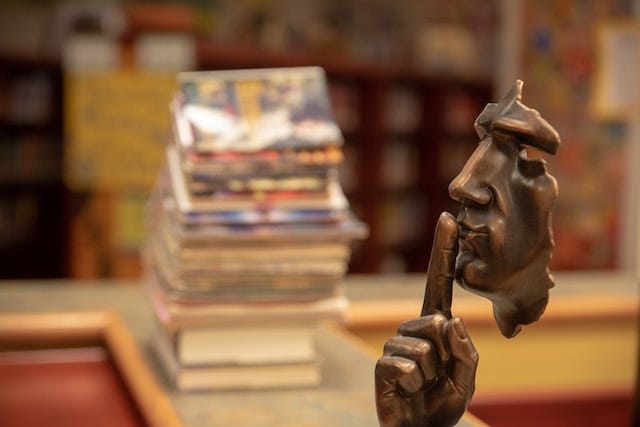
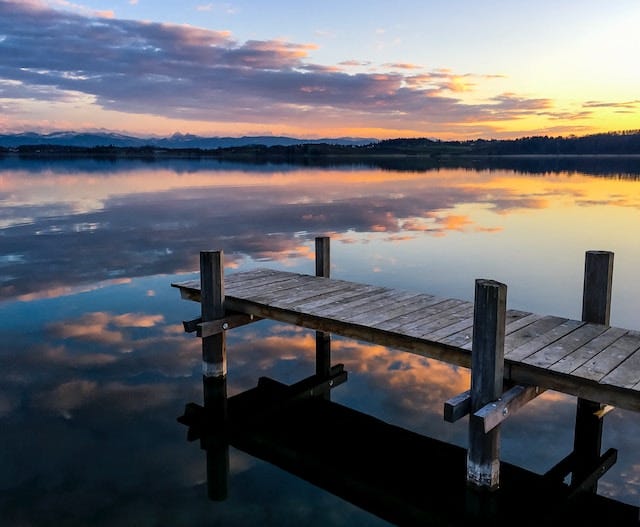
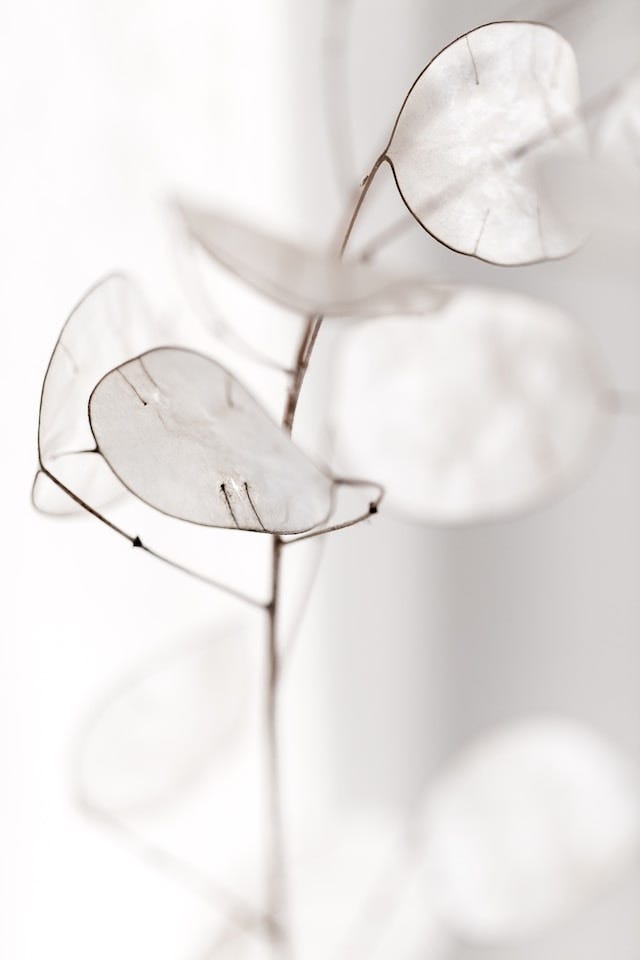
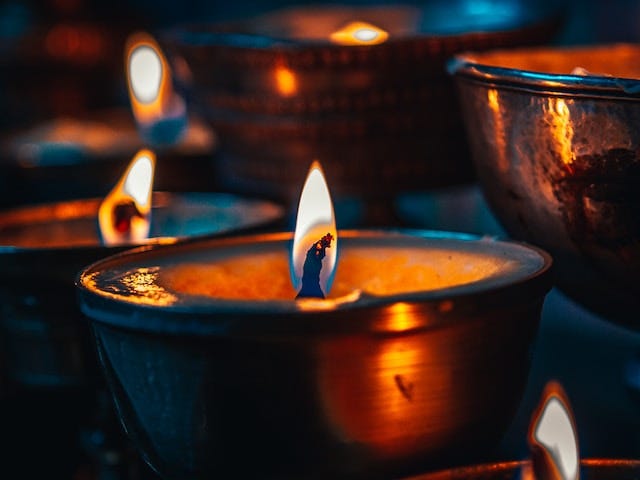
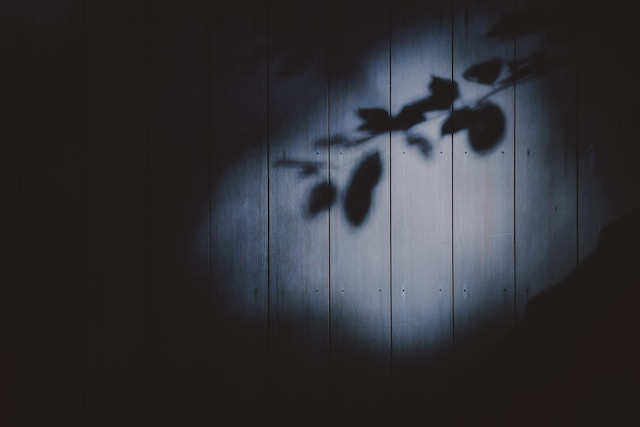



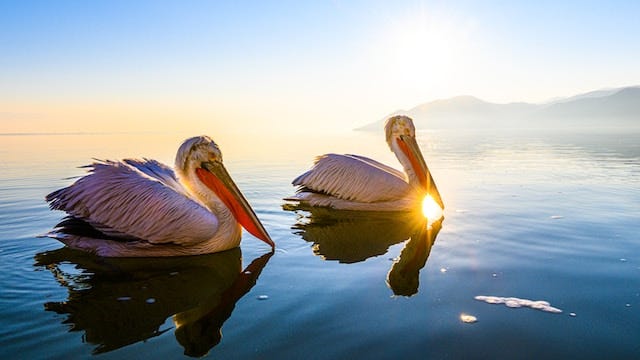

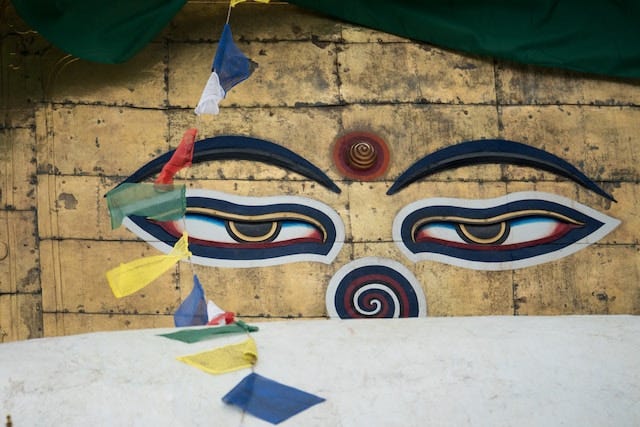
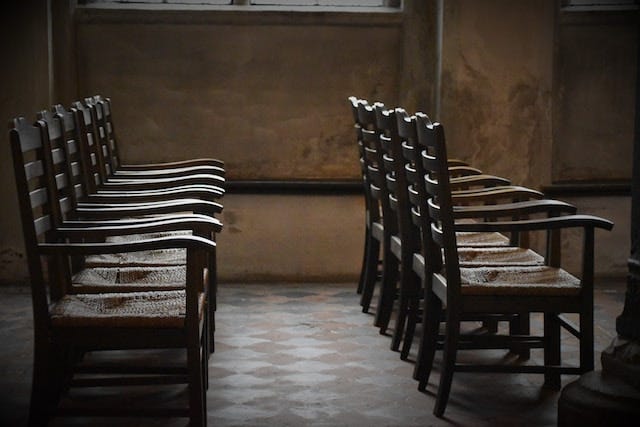
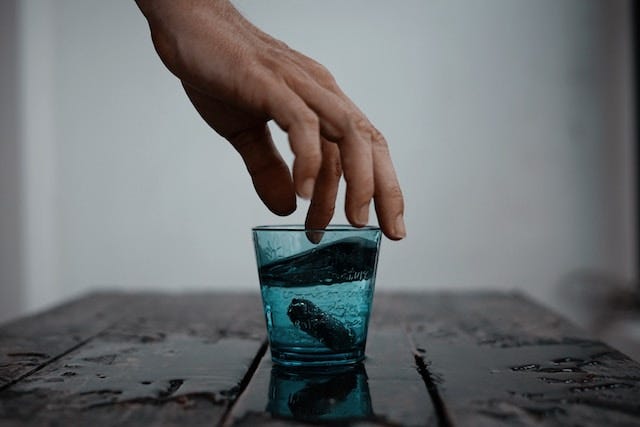


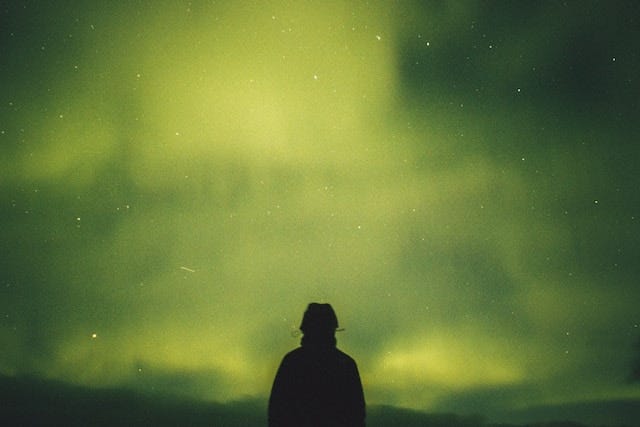


Thank you for mentioning my work!!! I appreciate that!!! I appreciate your whole newsletter today! So many good thoughts about living the creative life !!!! Silence is indeed the word of the week for me too!! Thank you again!!! 💚💚💚